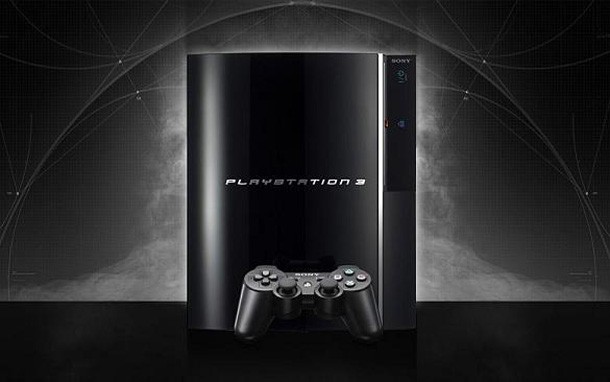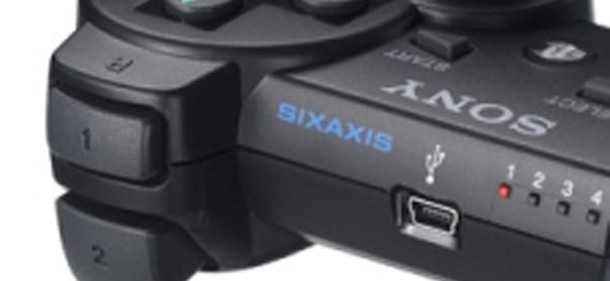Please support Game Informer. Print magazine subscriptions are less than $2 per issue
What Sony Can Learn From PS3's Launch

With the PlayStation 4 on the horizon, it’s easy to be reminded of previous console launches. PlayStation 3 launched on November 11, 2006, and while it wasn’t a train-wreck, it certainly had its issues. When excited gamers bring their PlayStation 4 consoles home for the first time, we hope for their sake that Sony has learned from their mistakes from last generation. Here’s how we hope it goes down:

Don’t make the price stupid
One of the most memorable quotables from E3 in 2006 came from Kaz Hirai during Sony’s press conference. After Sony fans watched a rough press conference that included Eye of Judgment demos and the infamous “giant enemy crab” moment, it was time to get down to brass tacks. Gamers wanted to know how much lighter their wallet would be that November, and they were shocked when Hirai said “Five hundred and ninety-nine US dollars.” With most console launches historically landing in the $199-299 range, the announcement felt like a punch to the gut. Sony shouldn’t turn gamers against the PlayStation 4 launch, and the best way to do this is with a reasonable price point.
Make the launch lineup feel next-gen
Many console launches feature a small number of must-have, exclusive experiences and a bigger collection of ports from already-available systems. PlayStation 3’s launch lineup was rough, with only one title feeling significantly new and next-gen (Resistance). Outside of that, it featured a ton of sports games, ports, and ho-hum exclusives (Genji: Days of the Blade, Ridge Racer 7, Mobile Suit Gundam: Crossfire). If Sony can confirm several exclusive AAA titles for launch, it would go a long way towards getting PlayStation fans excited.
Put a headset in the box
Sony liked to tout PlayStation 3’s bluetooth capabilities, which allowed for a variety of headsets and accessories to communicate with the system. While impressive, this didn’t make up for the omission of a communication device in the box at launch. PS3’s online experience suffered for years, as multiplayer matches were virtually silent while Xbox 360 owners chatted away on their included headsets (which was either a good thing or a bad thing, depending on the situation). We don’t need an expensive, top shelf set of headphones in the box. We just need something we can use to talk to our friends.

Don’t shoehorn in gimmicks
Nintendo created a buzz with its motion-based Wii controller, and Sony felt like they had to jump on the bandwagon in some fashion. Their response was the Sixaxis, the PS3’s launch controller that featured basic motion capabilities. It sucked. Some games tried to utilize it, but it was almost uniformly terrible to use. Balancing on logs in Uncharted wasn’t fun, controlling the dragon in Lair was awful, and changing the flight path of arrows in Heavenly Sword could have just as easily been replicated with the analog stick. To date, the only fun I’ve ever had with Sixaxis motion involved making Sackboy do pelvic thrusts. Gamers tend to dislike gimmicks, so Sony needs to focus more on hardware and games. Maybe have a quick mention of Move support at the press conference, but it would be in their best interest to avoid making it (or anything like it) a focal point.
Pick your SKUs and stick with them
PlayStation 3 launched with two SKUs, one for $599 and one for $499. This was easy enough to wrap your head around, but Sony didn’t take long to introduce a wide variety of different versions of the console. As time went on, it became harder and harder to keep track of which features each one had. Which ones are backward compatible? Wasn’t there one that didn’t have wi-fi? These are annoying questions for gamers to have to ask, much less for parents or significant others that are buying a console as a gift. An extra SKU may be necessary (even welcome), but Sony should keep things relatively limited for a while.










